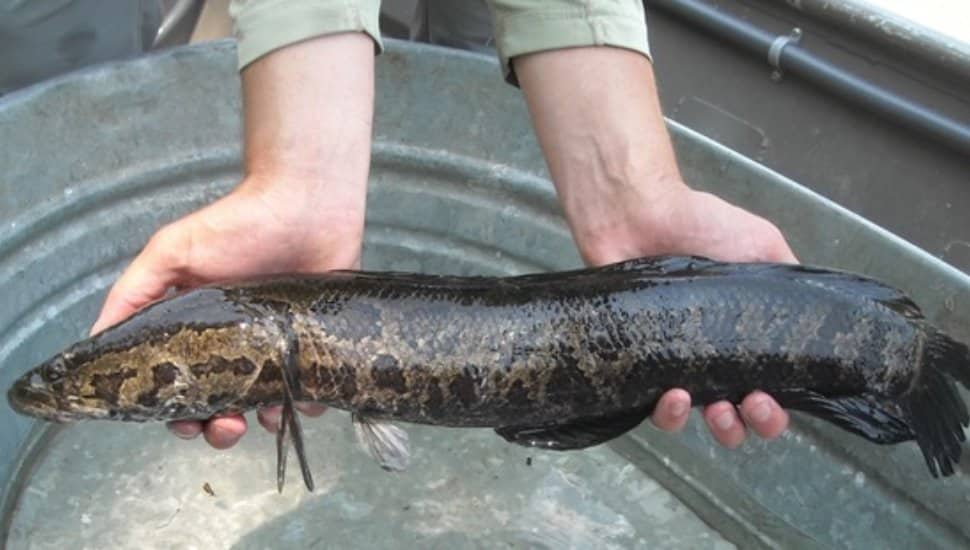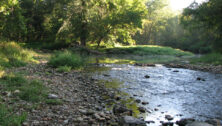Aquatic Predator Alert: Surge in Large Size Invasive Fish Alarms Officials at the Delaware River Basin, Upper Black Eddy

Several species of invasive fish are growing in numbers in the lower Delaware River basin, some spotted in Upper Black Eddy, writes Kerry Bates for Delaware Currents.
Officials are warning that freshwater drums, blue catfish, and northern snakeheads could eat other fish, and can grow to large sizes, increasing their consumption of other aquatic life.
Another advantage of these invasive species is that they can repopulate at a faster rate than the fish being killed off.
The Fish and Boat Commission is encouraging anglers to reduce the population of the species by photographing the fish and then either harvesting or discarding them.
Blue Catfish arrived in the Delaware River from Chesapeake Bay where they were introduced for sport fishing purposes. This species preys on mussels, while The Northern Snakehead consumes minnows and blue gills.
This species, although found in the upper Delaware River originates from Asia, and is believed to have arrived in the region through fish markets.
In addition to preparing the captured predators for consumption, netting, electrofishing and the use of special pesticides can curb the growth of these invasive species.
Read more about the invasive species found in the Delaware River Basin and what can be done to decrease their population in Delaware Currents.
Blue Catfish were a problem in the Chesapeake Bay one year ago, now they’re invading the Delaware River basin.
Join Our Community
Never miss a Delaware County story!
"*" indicates required fields




























![95000-1023_ACJ_BannerAd[1]](https://delco.today/wp-content/uploads/sites/3/2023/03/95000-1023_ACJ_BannerAd1.jpg)



